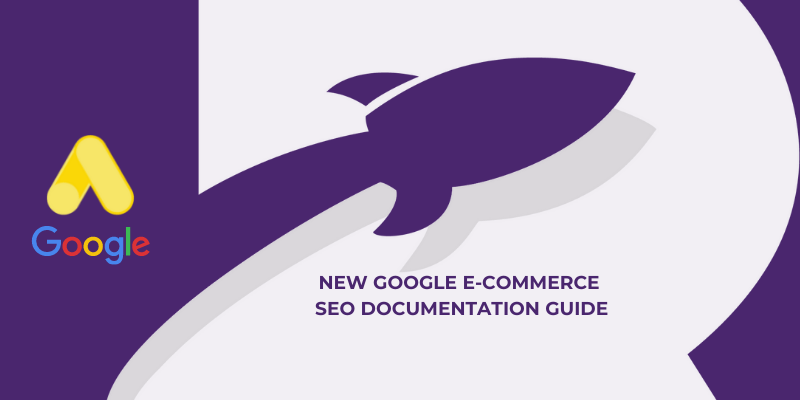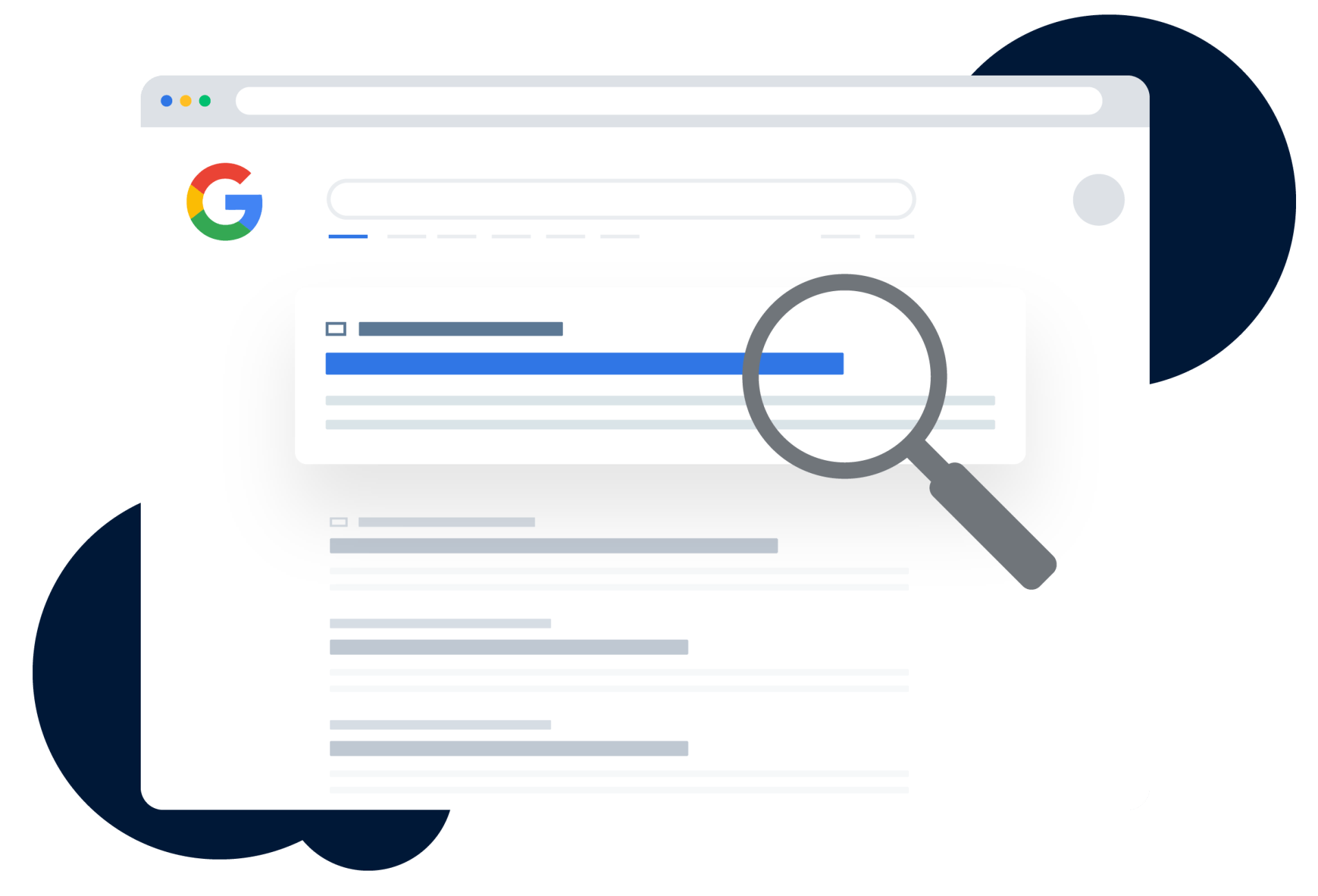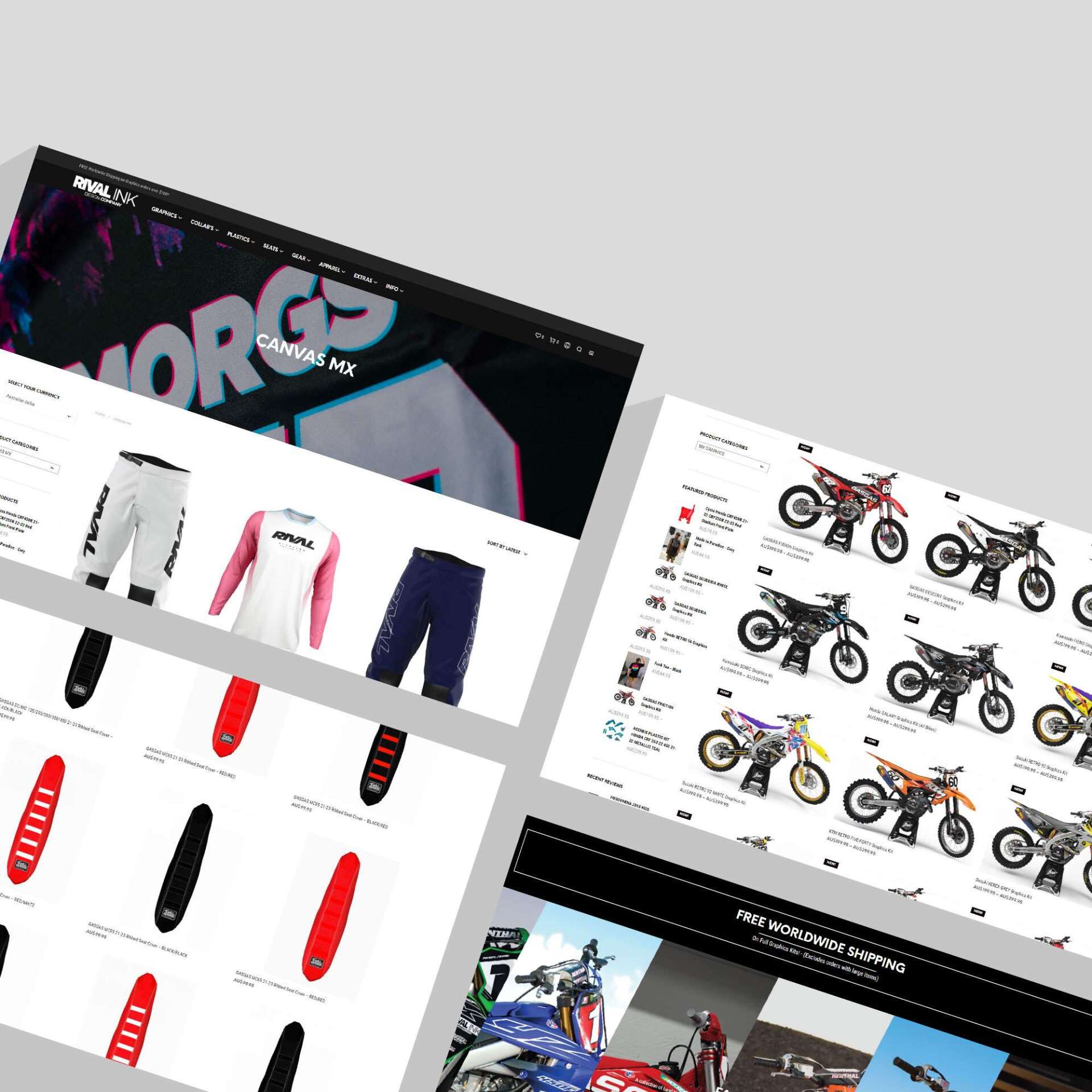New Google eCommerce SEO documentation guide

As COVID continues to affect my retailers, forcing them to adapt to eCommerce options. On September 27 Google had recently introduced a new guideline to help developers boost their search visibility for eCommerce websites.
Google’s guide states that “ When you share your e-commerce data and site structure with Google, Google can more easily find and parse your content, which allows your content to show up in Google Search and other Google surfaces. This can help shoppers find your site and products.”
Google’s new guide covers seven topics
The guide is seven pages long with different topics covering things such as “ where eCommerce content can appear on Google'', '' how to launch a new eCommerce website” to “ pagination, incremental page leading, and their impact on Google Search.”
Where the content shows
According to the guide, eCommerce content appears in more results than regular search. This includes Google Search, Images, Lens, and Google My Business.
The guide says “Product data is the most obvious type of e-commerce related content, but other types of information can also be useful to shoppers at different stages of their shopping journey.”
It’s recommended by Google to promote content like product reviews, offers, and customer service touchpoints.
Structuring your URL for eCommerce sites
The new guide also contains recommendations for how to structure your URL to help search engines better understand your content and its pages.
“A good URL design structure helps Google crawl and index your site,” says the guide. Having a poorly structured URL could potentially cause confusion, causing misled content and making crawlers think your site has infinite pages.
Google crawler friendly eCommerce site
For e-commerce sites, navigation is a necessary and vital part of the customer experience. Shoppers need to be able to navigate easily through your site while search engines require that they are well organized for optimal results in terms of what's going on with their website as opposed to how easy it will allow them to find specific products or information about your company.
For example, add links from menus onto category pages; link from those same categories back down again using breadcrumbs at various points during the journey through each page type including subcategories until reaching the last stop which could then open an individual product listing.
Google’s eCommerce guide is worth the read
With many businesses jumping into eCommerce websites for the first time, Google’s guide can help ensure that you’re following best practices to help get your products seen in Google’s different search experiences. It also makes a good focus document for those who want to show clients and stakeholder recommendations for better eCommerce SEO.















